Guide to the precincts of Oiwasan Bishamonten
Bishamonten Main Temple Architectural Style
History
Burned down, rebuilt
Restoration
Excavation survey
Ema (Ashikaga City designated cultural property "Ema and votive tablet in the main temple of Oiwasan Bishamonten": folk cultural property)
Sanno-Gongen-Sha Shrine
Daikokuten-sha Shrine, Inari-jinja Shrine, Nishinomiya-jingu Shrine
Origin of the Gate
Construction
Location
Kongo-Rikishi Standing Statue (Nio-Statue) (Ashikaga City Designated Cultural Asset/Sculpture)

A standing statue of Kongo-Rikishi (Statue of Nio), said to be by Unkei, is enshrined at the temple gate in the precincts of Oiwasan-Bishamonten.
As a commemorative project for the accendance of present emperor, we are restoring the statue of Kongo-Rikishi.
Design
Warm-season native vegetation (Ashikaga City Important Cultural Property/Natural Monument)
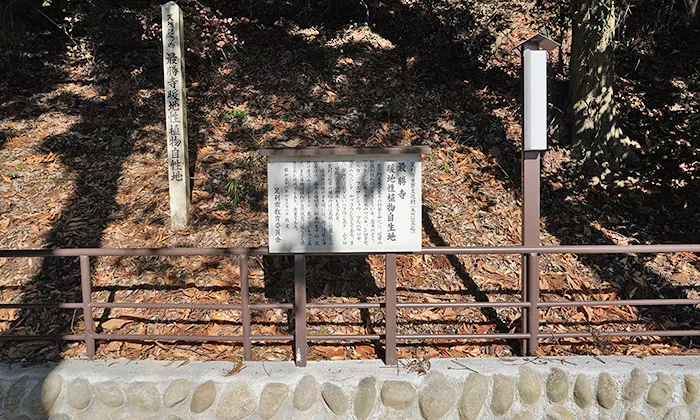
Stone Layerd Pagoda (Designated by Tochigi Prefecture as a cultural property/archaeological material)
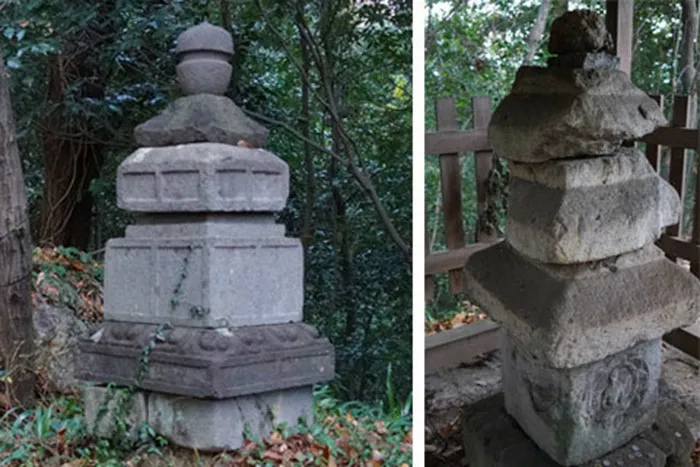
Otokozaka and Onnazaka
The main-temple of Oiwasan-Bishamonten is located near the summit of Mount Oiwa. Since ancient times, a trail leading from the foot of the mountain to the summit has been known. Although there is now an automobile road, the mountain was originally climbed on foot. Two mountain trails are known as "Otokozaka" and "Onnazaka.
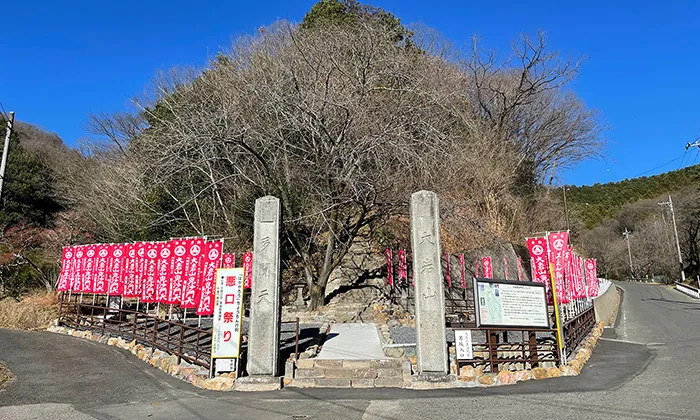
Otokozaka
The entrance to Otokozaka is a stone pillar sanmon gate next to the Otokozaka-guchi parking lot. From the gate, follow the ridge line straight up to Gyoki-daira. The slope is steeper than that of Onnazaka, and the path is more steep than that of Onnazaka. The exit of Otokoizaka is Gyoki-daira. From Gyoki-daira, it takes only a few minutes to reach the entrance of Bishamonten Temple.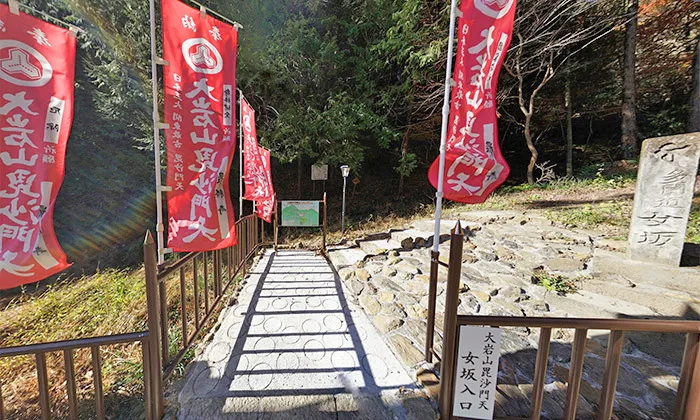
Onnazaka
The entrance to Otokozaka is a stone pillar sanmon gate next to the Otokozaka-guchi parking lot. From the gate, follow the ridge line straight up to Gyoki-daira. The slope is steeper than that of Onnazaka, and the path is more steep than that of Onnazaka. The exit of Otokoizaka is Gyoki-daira. From Gyoki-daira, it takes only a few minutes to reach the entrance of Bishamonten Temple.



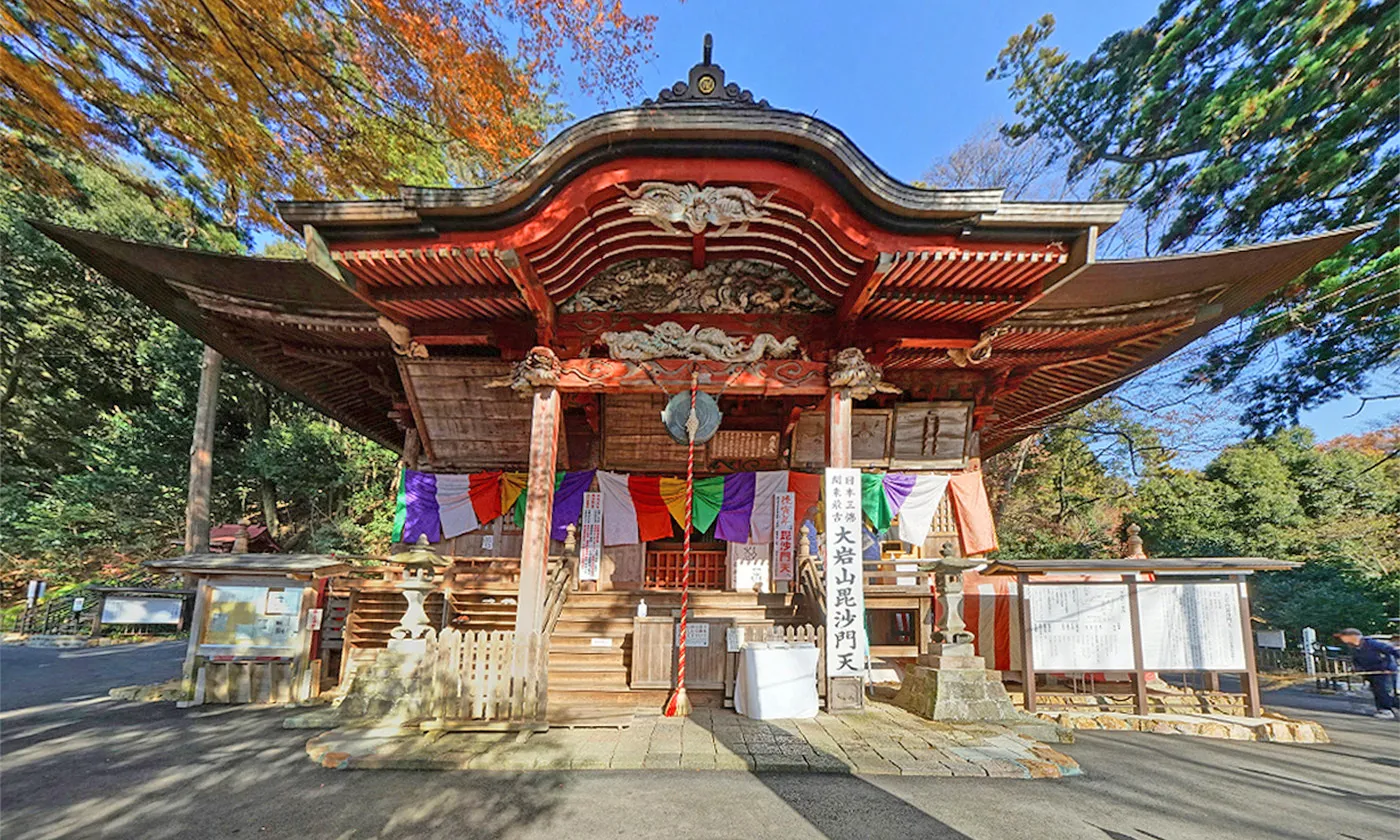
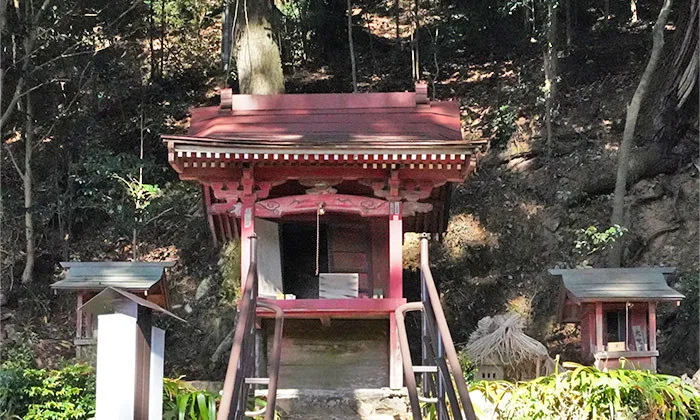
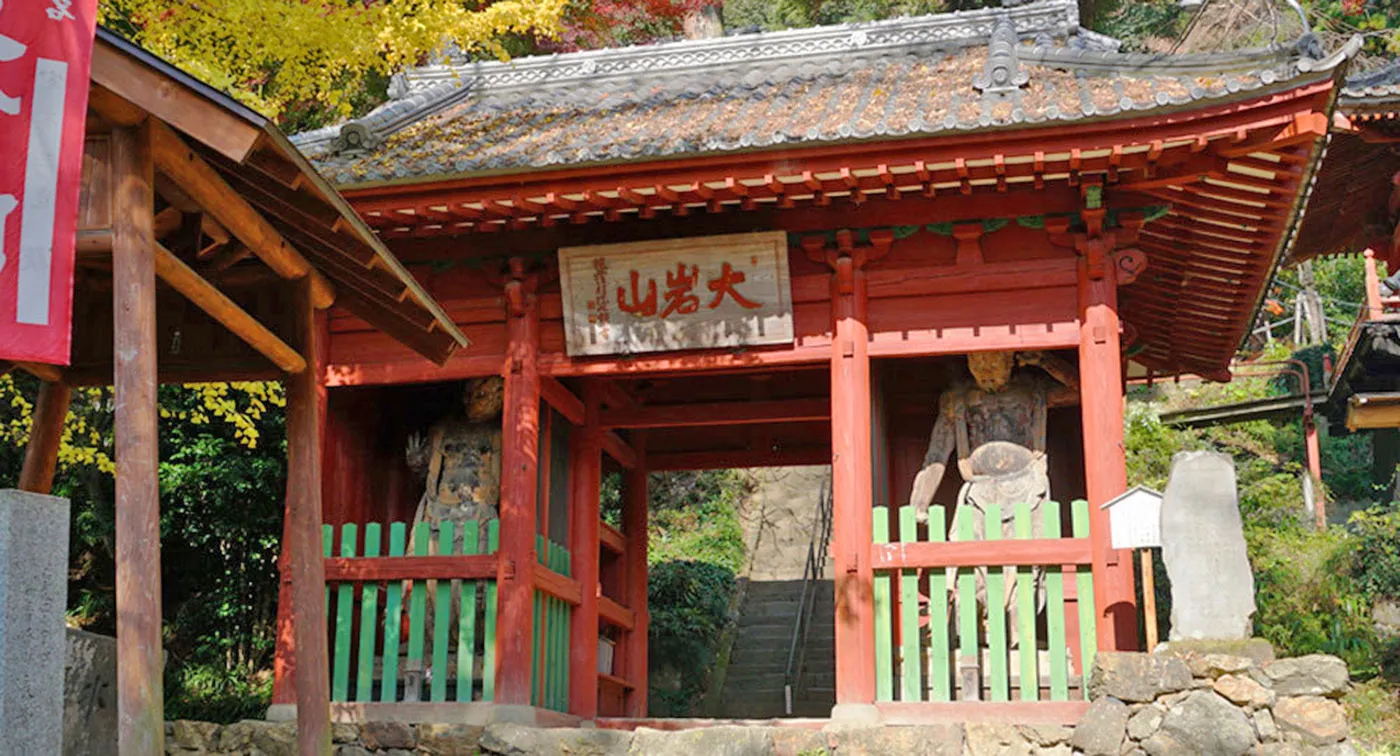
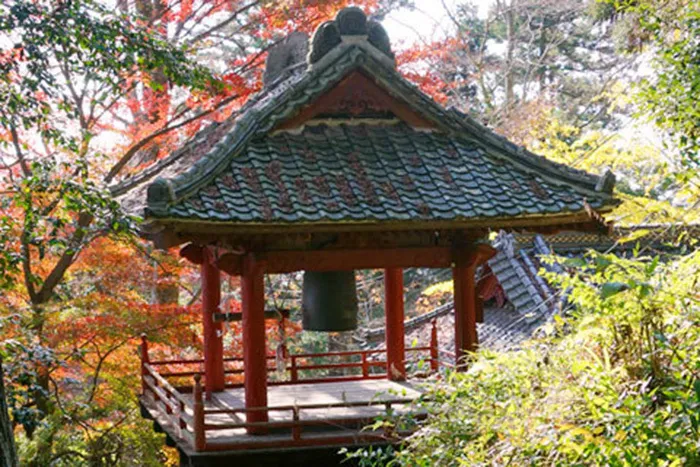
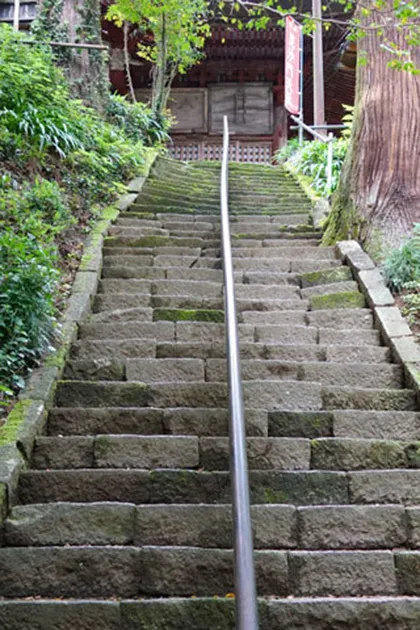
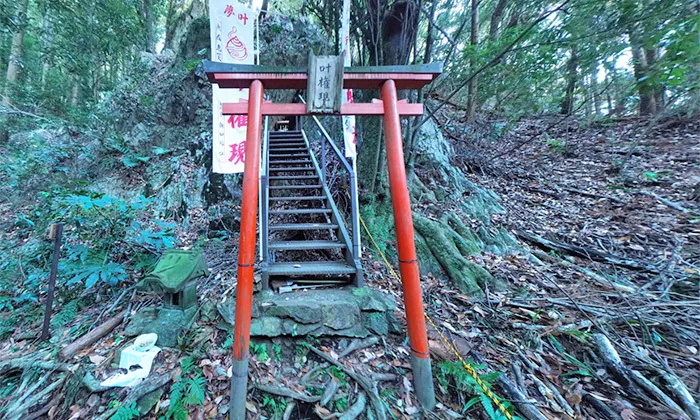
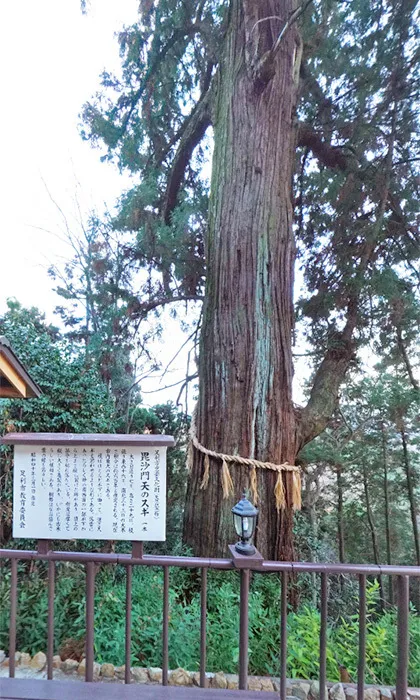
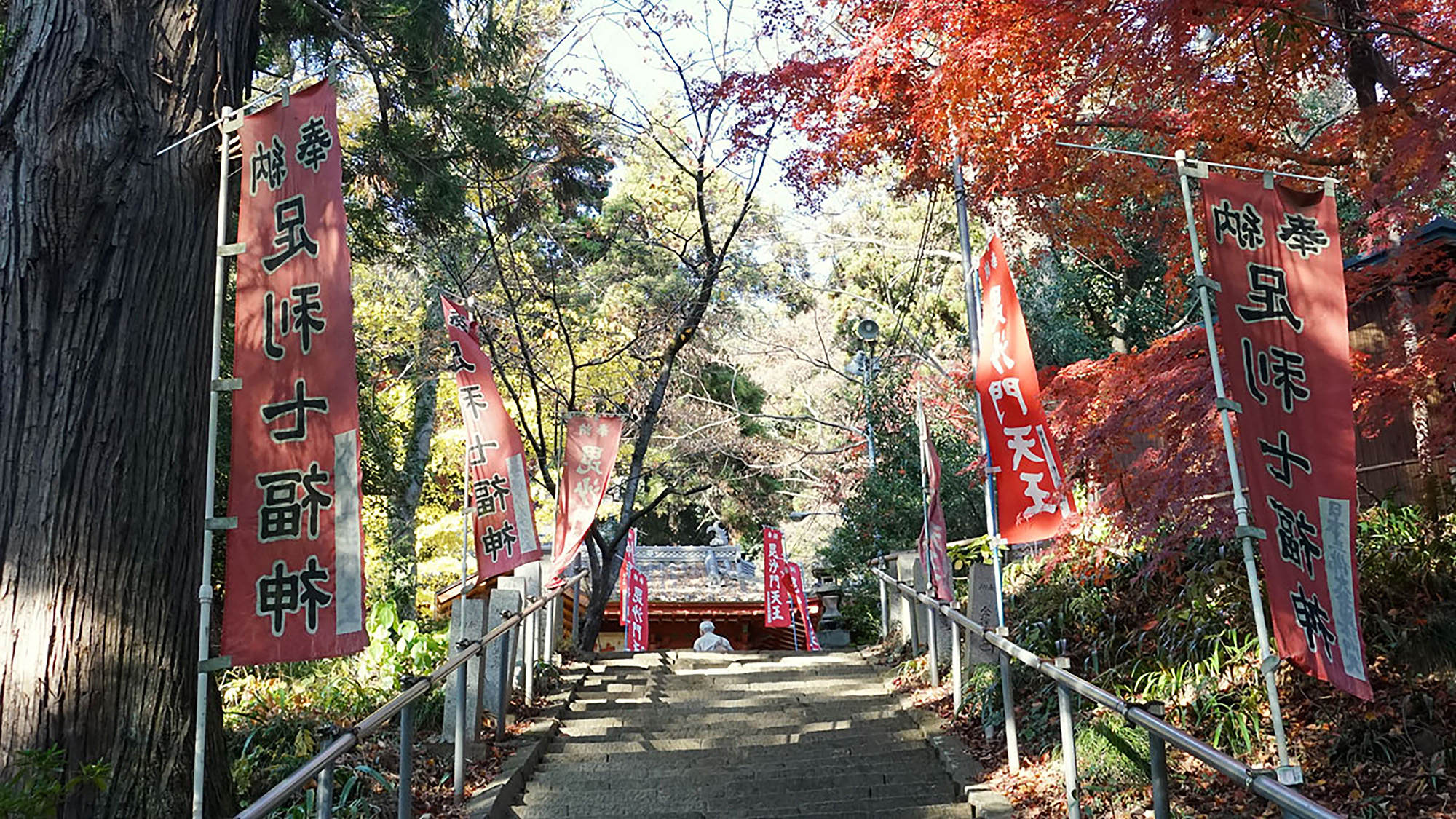
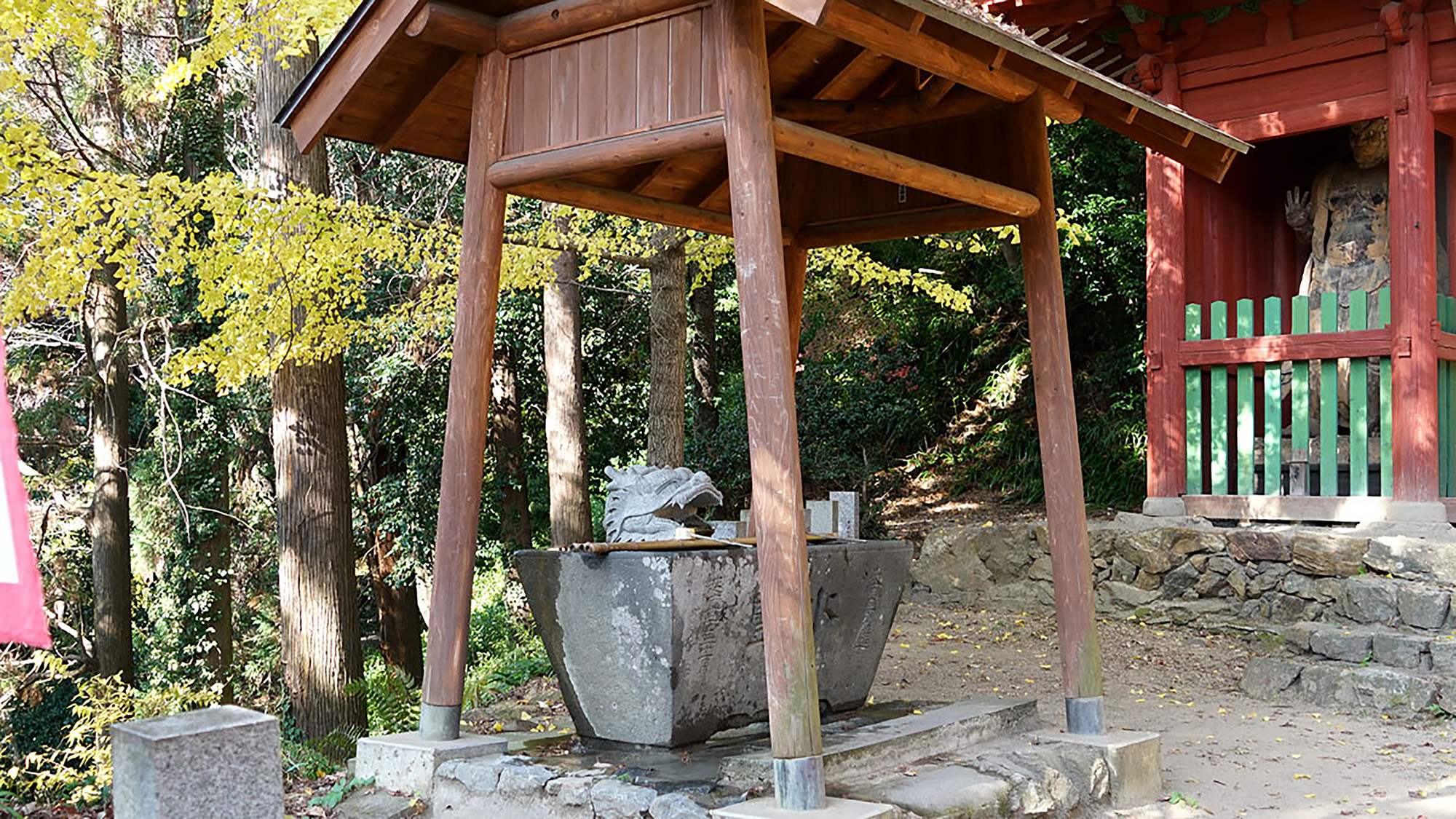
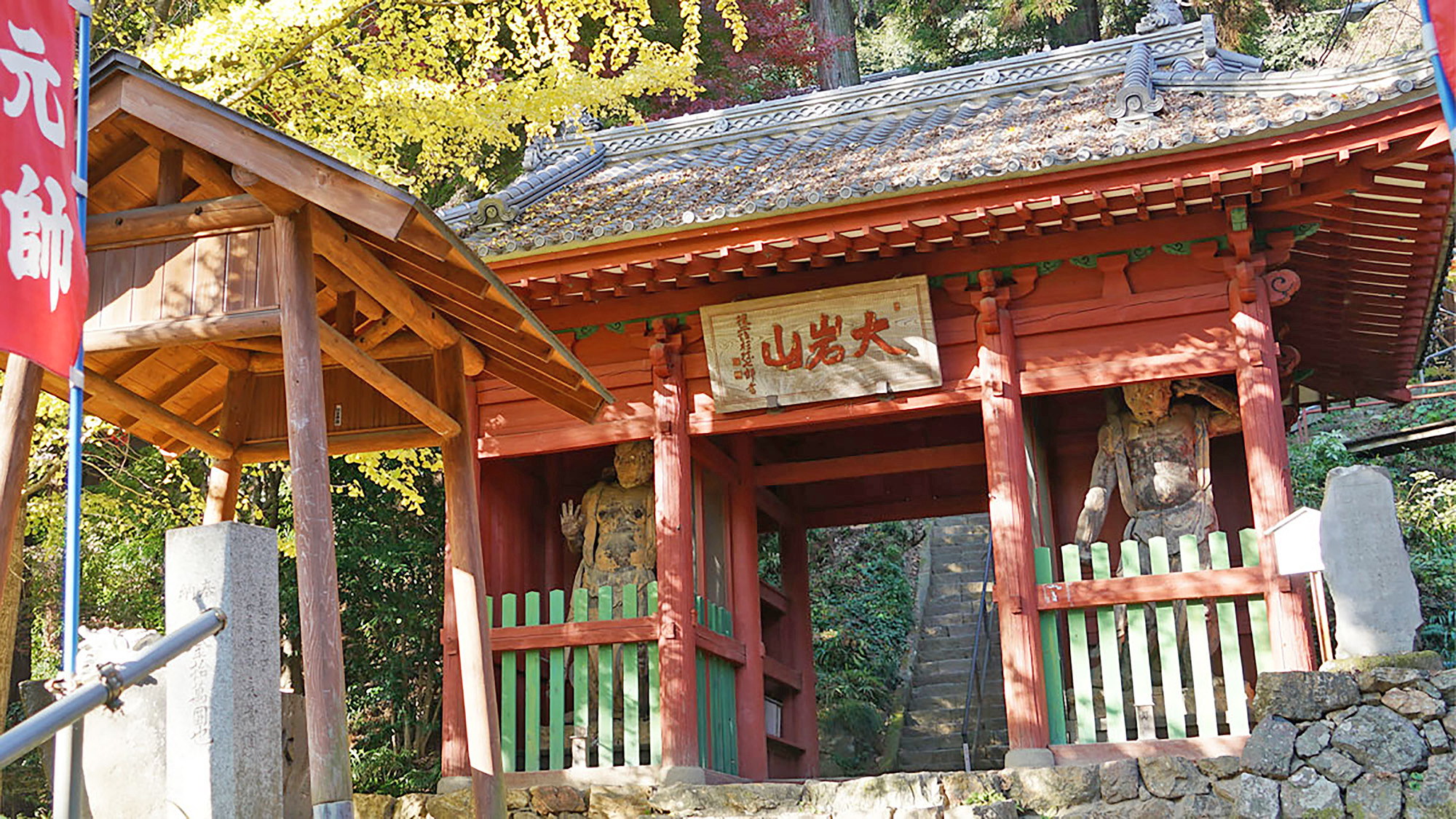
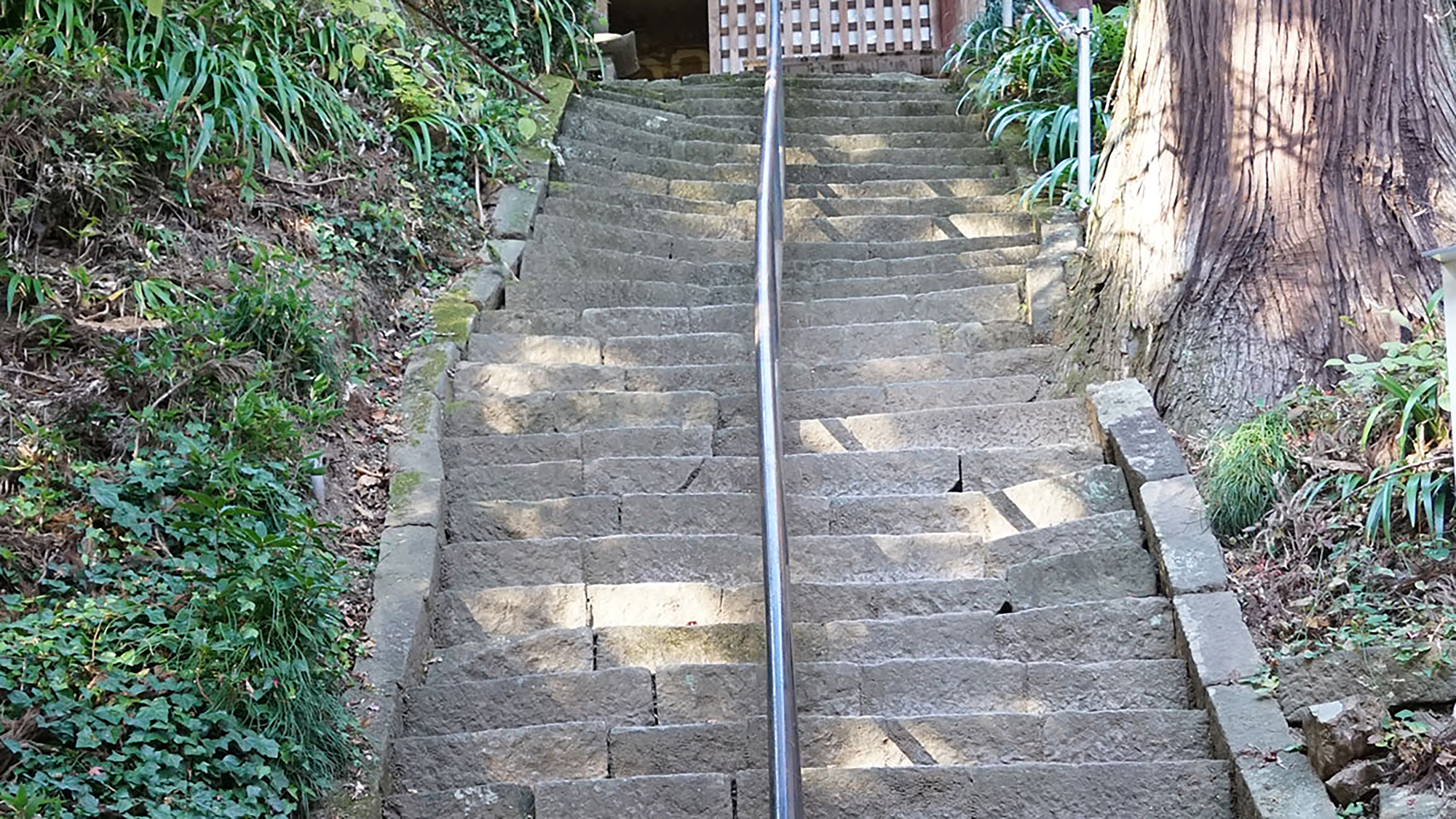
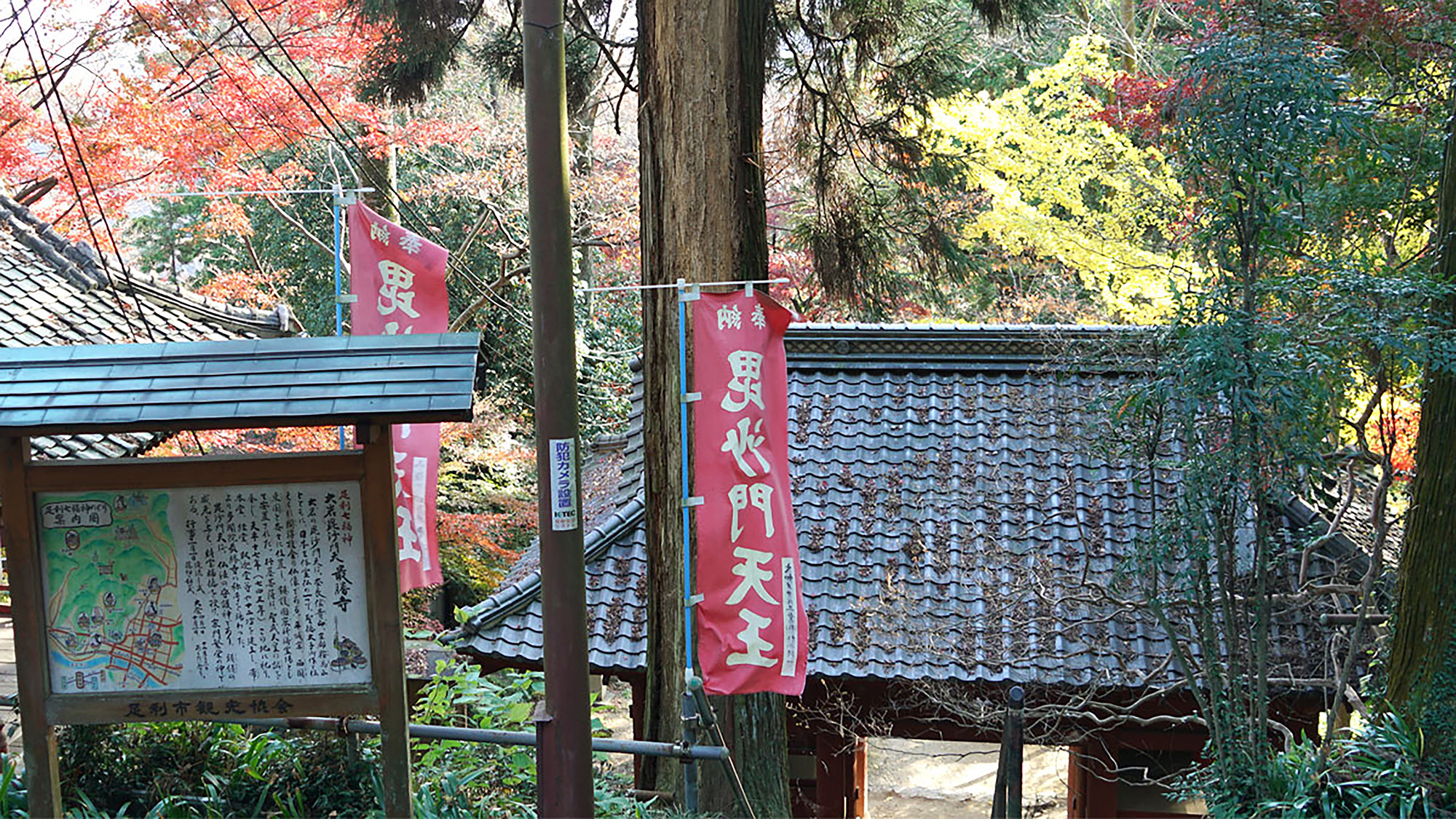
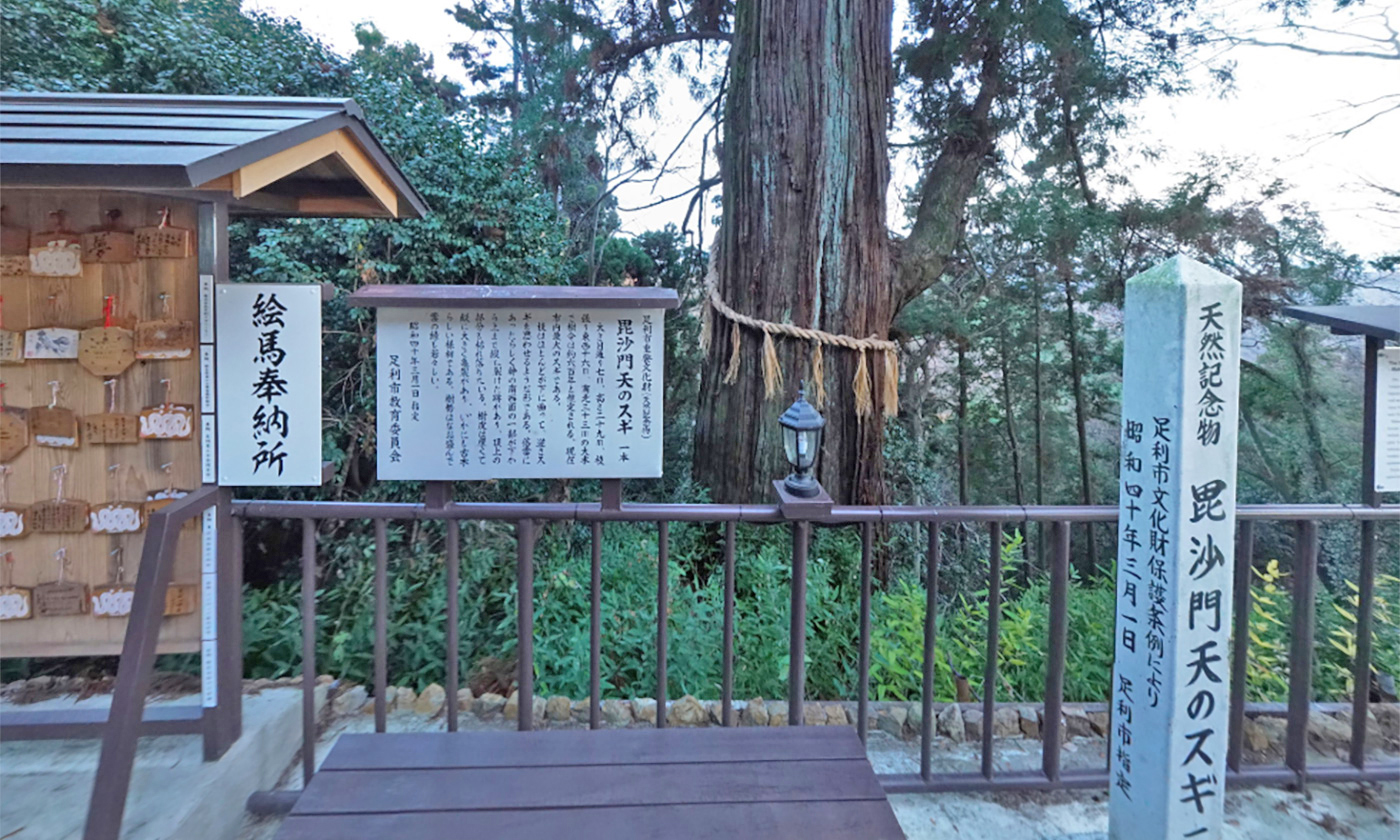
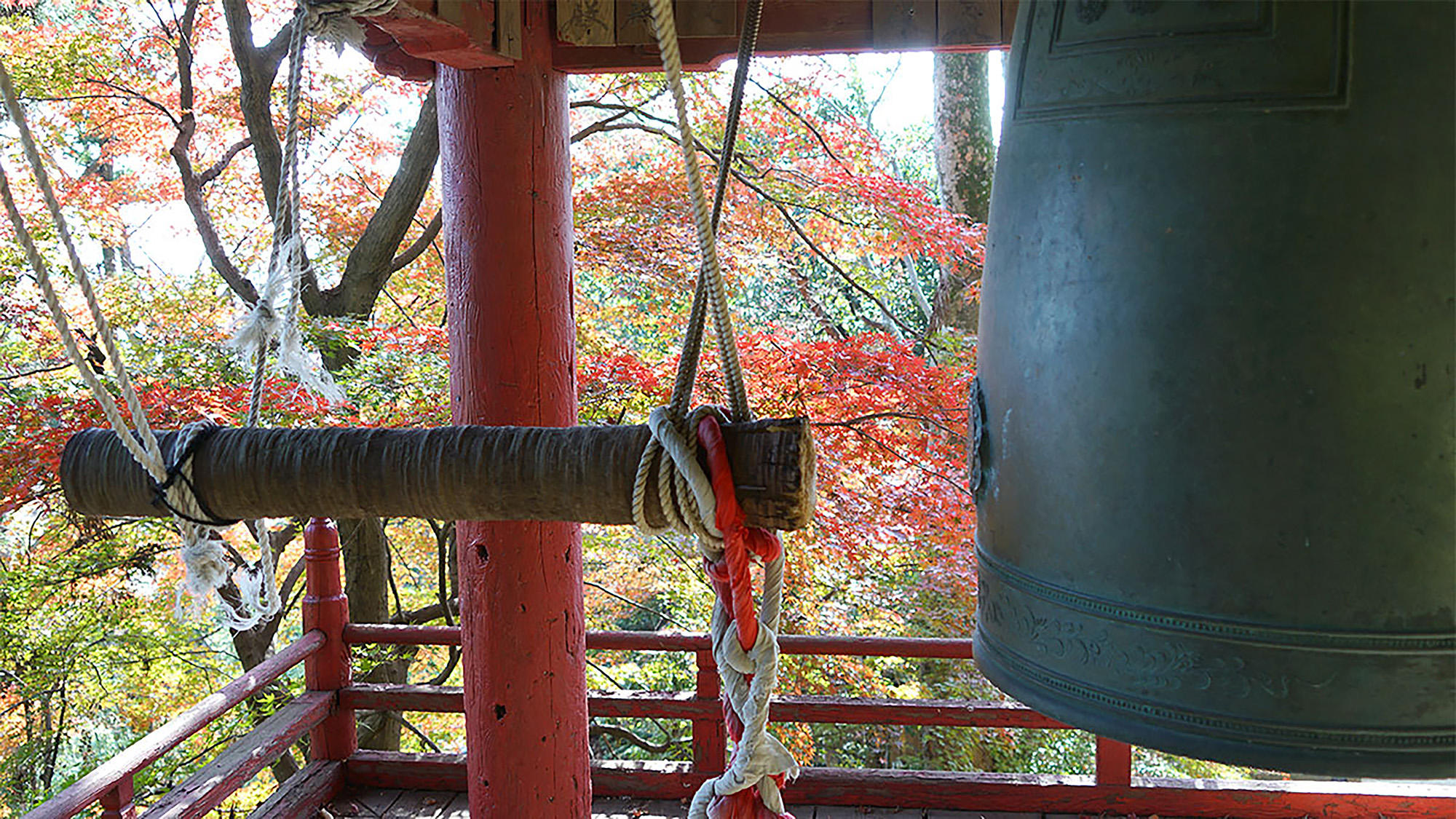
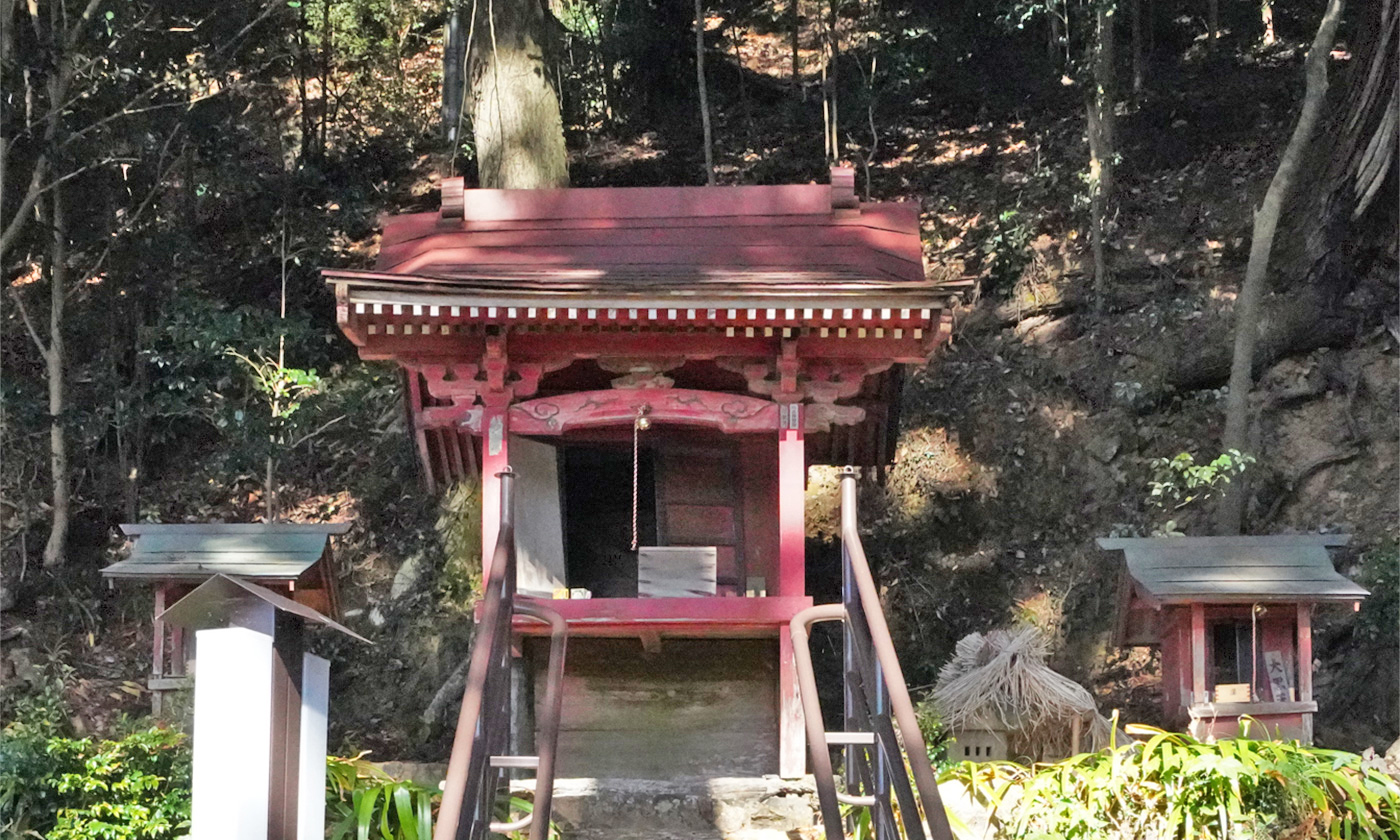
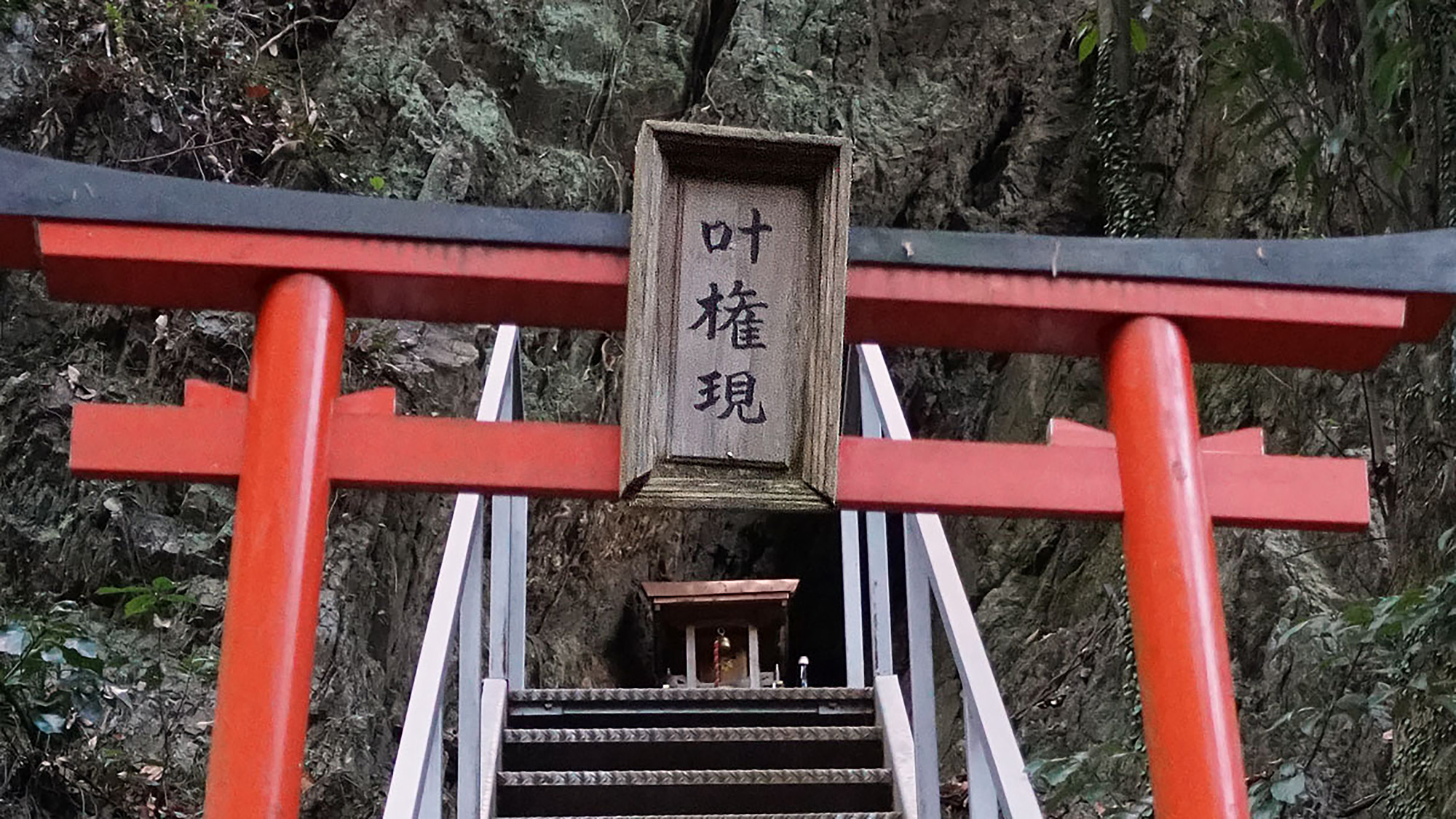
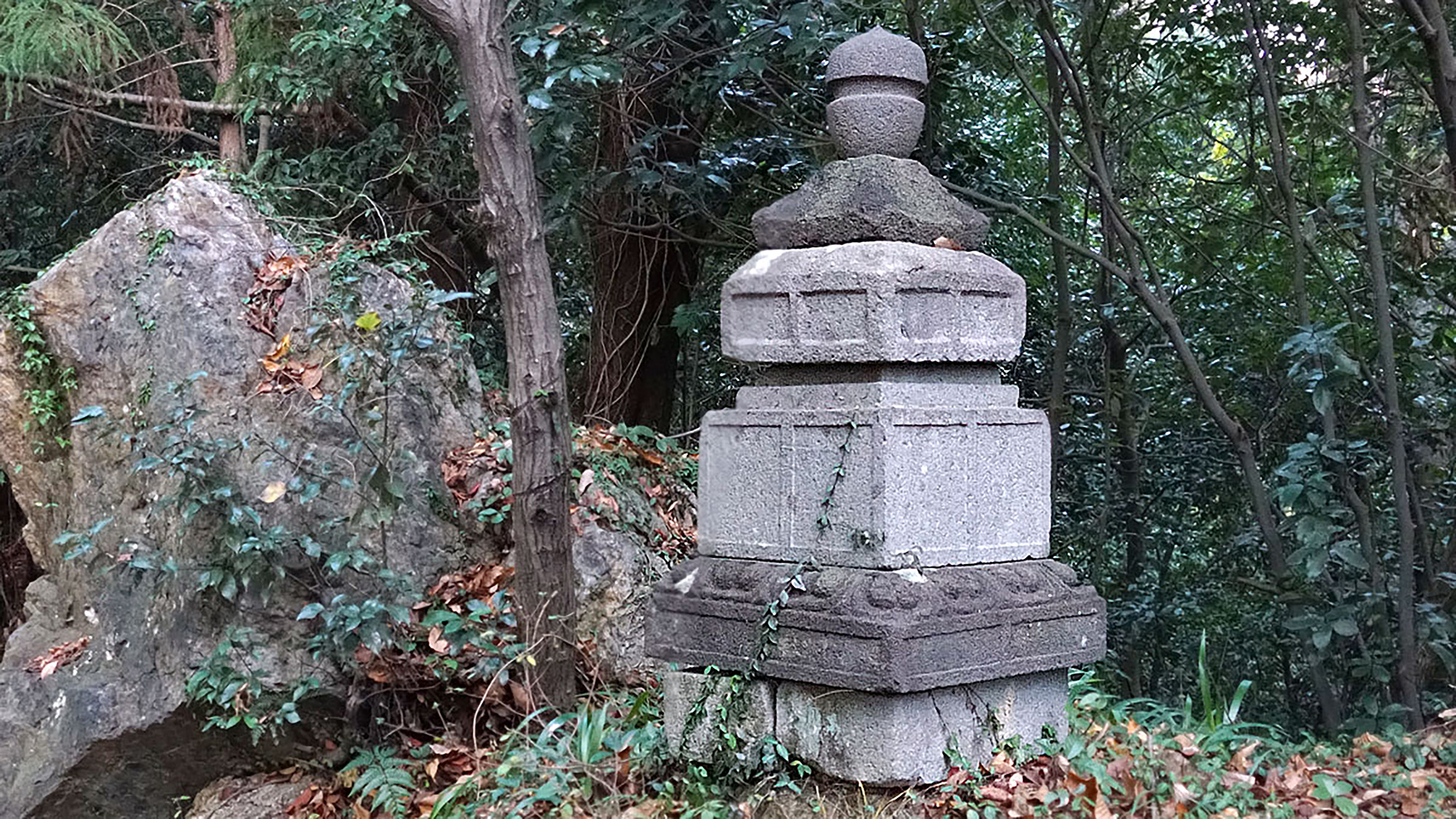
The precincts of the temple are lined with cultural assets designated by Ashikaga City, including the main temple of Oiwasan Bishamonten, sanmon gate, and stone stairs, and the Oiwasan stone layered pagoda is registered as a Tangible Cultural Property (archaeological material) by Tochigi Prefecture. The cedar on the east side of the main temple is registered as a natural monument by Ashikaga City.